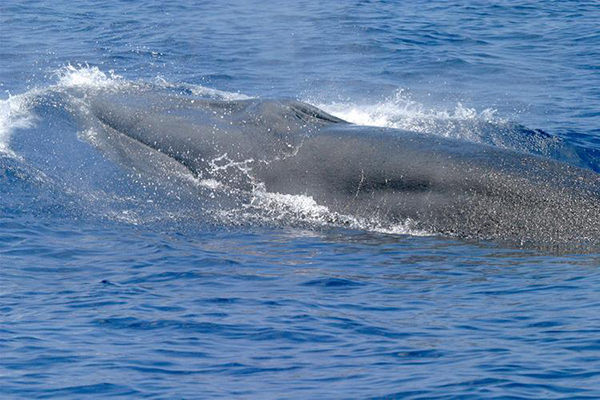The University of Louisiana at Lafayette’s Dr. Patricia Rosel and alum Lynsey Wilcox have made a whale of a discovery – a new species of the aquatic mammal.
It’s a member of the baleen family, which includes humpback whales and the largest animals on Earth, blue whales.
Rosel is an adjunct research scientist at UL Lafayette. Wilcox earned a master’s degree in biology from the University in 2007. Both are geneticists for the National Oceanic and Atmospheric Administration.
The scientists helped determine the whale was a new species after a case of mistaken identity.
A small population of the whales was discovered in the Gulf of Mexico in the 1990s. Marine biologists thought they were Bryde’s (pronounced “broodus”) whales, which are also members of the baleen family and live in oceans across the world.
In 2008, Rosel and Wilcox’s examination of genetic data obtained from tissue samples suggested otherwise, according to an NOAA article. The researchers, however, had to wait more than a decade to shore up those findings with morphological studies.
A Rice’s whale that washed up on a Florida beach in 2019 provided the rare opportunity. The whales, which can grow to 42 feet long and weigh 30 tons, are endangered. Scientists believe fewer than 100 exist.
Rosel conducted the first examination of an entire skull last year, noting anatomical differences that distinguish it from other baleen whale species.
The researchers’ findings were recently published in the scientific journal Marine Mammal Science. Rosel is lead author; Wilcox is one of three co-authors.
Photo caption: A new whale species, the Rice’s whale, has been identified by UL Lafayette’s Dr. Patricia Rosel, an adjunct research scientist, and alum Lynsey Wilcox, who earned a master’s degree in biology in 2007. Both are geneticists for the National Oceanic and Atmospheric Administration. Photo credit: National Oceanic and Atmospheric Administration.
